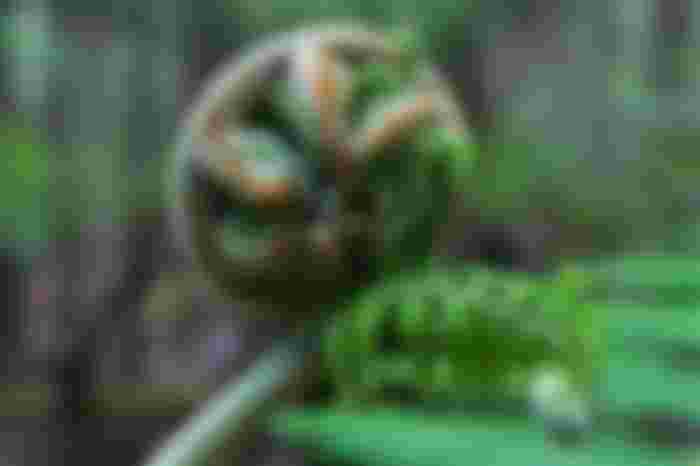With massive fronds creating a luxuriously green canopy in the understory of Australian forests, tree ferns are a familiar sight on many long drives or bushwalks. But how much do you really know about them?
First of all, tree ferns are ferns, but they are not really trees. To be a tree, a plant must be woody (undergo secondary plant growth, which thickens stems and roots) and grow to a height of at least three metres when mature. While tree ferns can have single, thick trunk-like stems and can grow to a height of more than 15 metres, they are never woody.
They’re also incredibly hardy — tree ferns are often the first plants to show signs of recovery in the early weeks after bushfires.
The unfurling of an almost iridescent green tree fern fiddlehead amid the sombre black of the bushfire ash is almost symbolic of the potential for bushfire recovery.

Ancient family ties
Tree ferns are generally slow growing, at rates of just 25-50 millimetres height increase per year. This means the tall individuals you might spot in a mature forest may be several centuries old.
However, in the right environment they can grow faster, so guessing their real age can be tricky, especially if they’re growing outside their usual forest environment.
As a plant group, tree ferns are ancient, dating back hundreds of millions of years and pre-dating dinosaurs.
They existed on earth long before the flowering or cone-bearing plants evolved, and were a significant element of the earth’s flora during the Carboniferous period 300-360 million years ago, when conditions for plant growth were near ideal. This explains why ferns don’t reproduce by flowers, fruits or cones, but by more primitive spores.

In fact, fossilised tree ferns and their relatives called the fern allies laid down during the carboniferous then have provided much of the earth’s fossil fuels dating from that period. And tree ferns were a great food source, with Indigenous people once eating the pulp that occurs in the centre of the tree fern stem either raw or roasted as a starch.
Until recent times, ferns were quiet achievers among plant groups with an expanding number of species and greater numbers. Today, human activities are limiting their success by the clearing of forests and agricultural practices. Climate change is also a more recent threat to many fern species.
Species you’ve probably seen
Two of the more common tree fern species of south eastern Australia are Cyathea australis and Dicksonia antarctica. Both species have a wide distribution, extending from Queensland down the Australian coast and into Tasmania.
They’re often found growing near each other along rivers and creeks. They look superficially alike and many people would be unaware that they are entirely different species at first glance. That is, until you look closely at the detail of their fronds and run your fingers down the stalks.




So nice dear💖